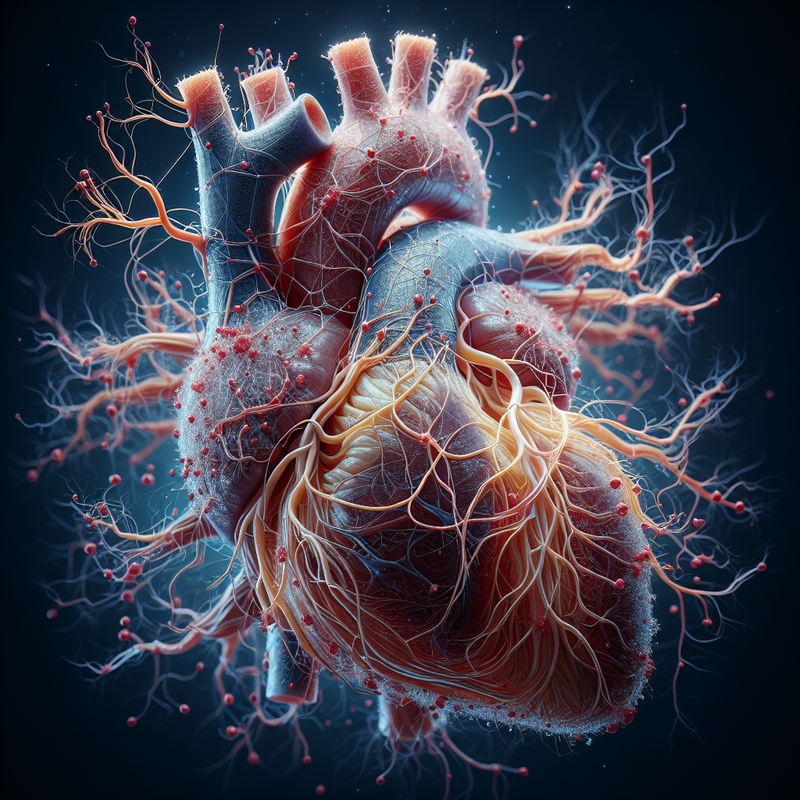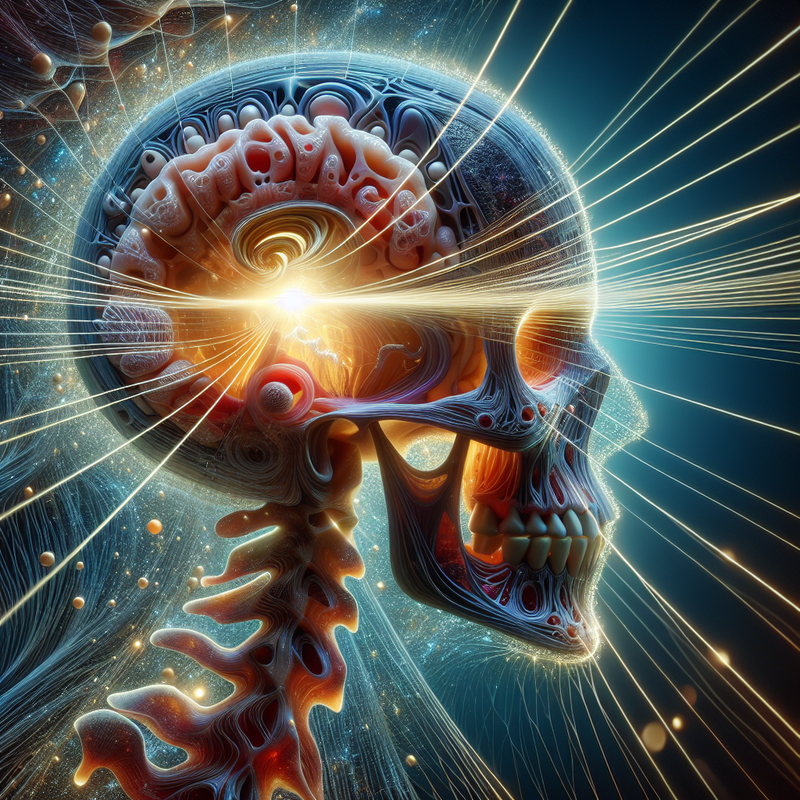A Landmark Discovery in Cardiac Science by Renowned Research Institutes
Pioneering research by the team at Sweden’s Karolinska Institutet and New York’s Columbia University has brought to light the existence of what can be described as a ‘mini-brain’ housed within the heart. This intricate neural network, previously unknown, plays a pivotal role in governing the heart’s pacing and functions autonomously from the brain, marking a paradigm shift in our comprehension of heart dynamics and opening up fresh pathways for addressing cardiovascular diseases.
Neuronal Complexity of the Heart Unveiled
Contrary to the longstanding belief that the heart solely obeys the directives of the autonomic nervous system, which is controlled by the brain, new findings point to a more complex scenario. The heart’s own neural conglomerate not only responds to brain signals but also actively orchestrates the heart’s timing. “Our findings indicate that this ‘little brain’ in the heart is instrumental in regulating the heartbeat, akin to the brain’s management of other bodily rhythms,” shared Konstantinos Ampatzis, lead investigator and associate professor at the Department of Neuroscience at the Karolinska Institutet.
Zebrafish were used as the model organism for this study, with detailed methodologies such as single-cell RNA sequencing, thorough anatomical assessments, and electrophysiological tactics applied to chart the variety of neuronal types within the heart. The existence of neurons akin to pacemakers is particularly revolutionary, defying the conventional understanding of how the heart’s beating is controlled.
The intricacy of the heart’s hidden neural network came as a revelation, stated Ampatzis, emphasizing the possible implications for crafting innovative treatments targeting heart illnesses like arrhythmias.
Clinical Possibilities and Subsequent Investigations
Armed with fresh insights, the scientific community is keen to delve deeper into how the heart’s ‘mini-brain’ may interact with the brain proper under a range of conditions, including physical exertion and stress encounters. “Our ongoing research endeavors aim to pinpoint novel therapeutic targets by probing the role that the heart’s neuronal network plays in various cardiac conditions,” Ampatzis explained.
The value of this research is accentuated by the parallels drawn between zebrafish cardiac mechanisms and those of humans, suggesting a meaningful application of these discoveries to human cardiac health. Financial backing for this collaborative inquiry was received from the Dr. Margaretha Nilsson Foundation, Erik and Edith Fernström Foundation, StratNeuro, and the Karolinska Institutet, and it was conducted without any declared conflicts of interest.







